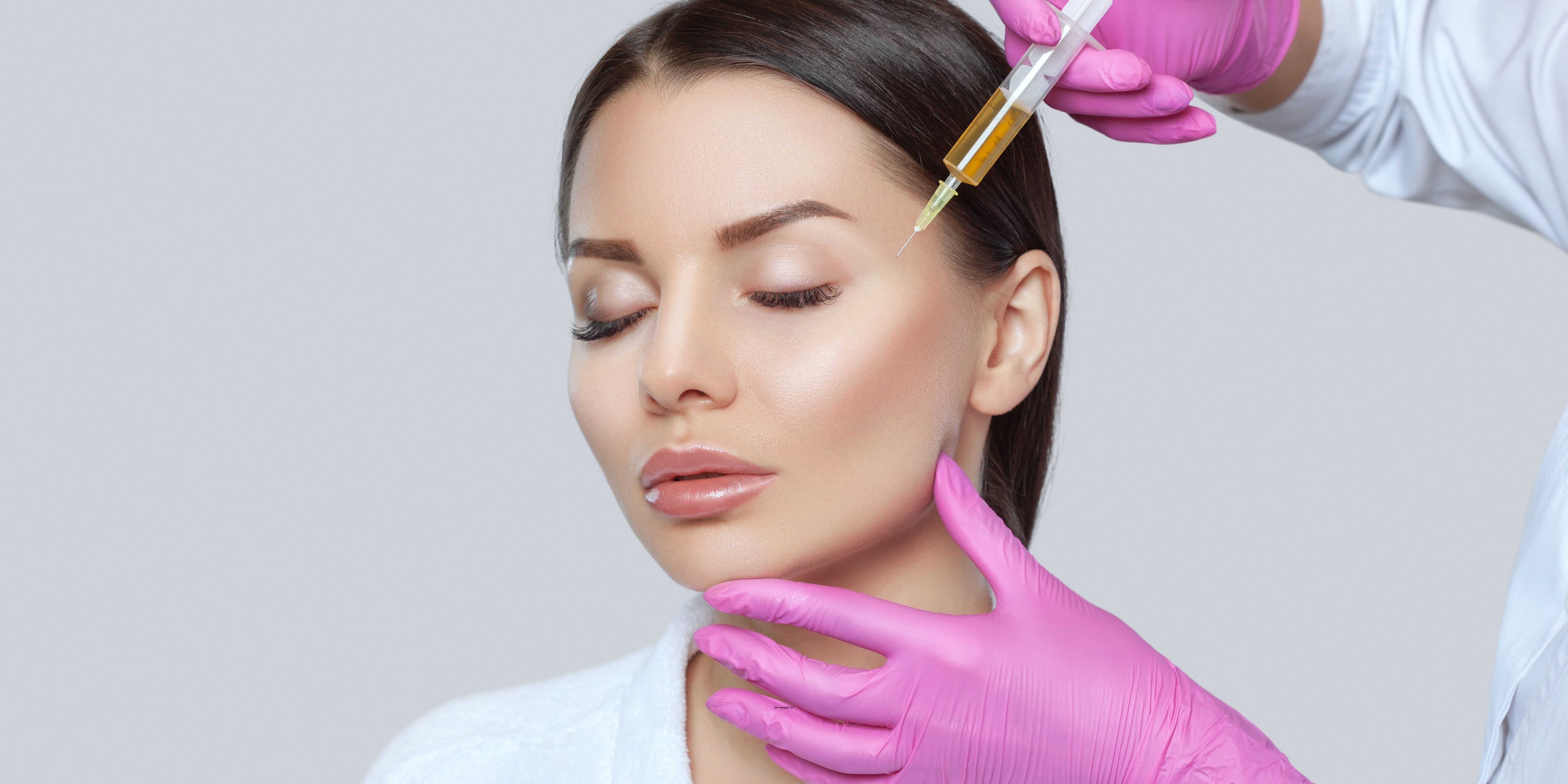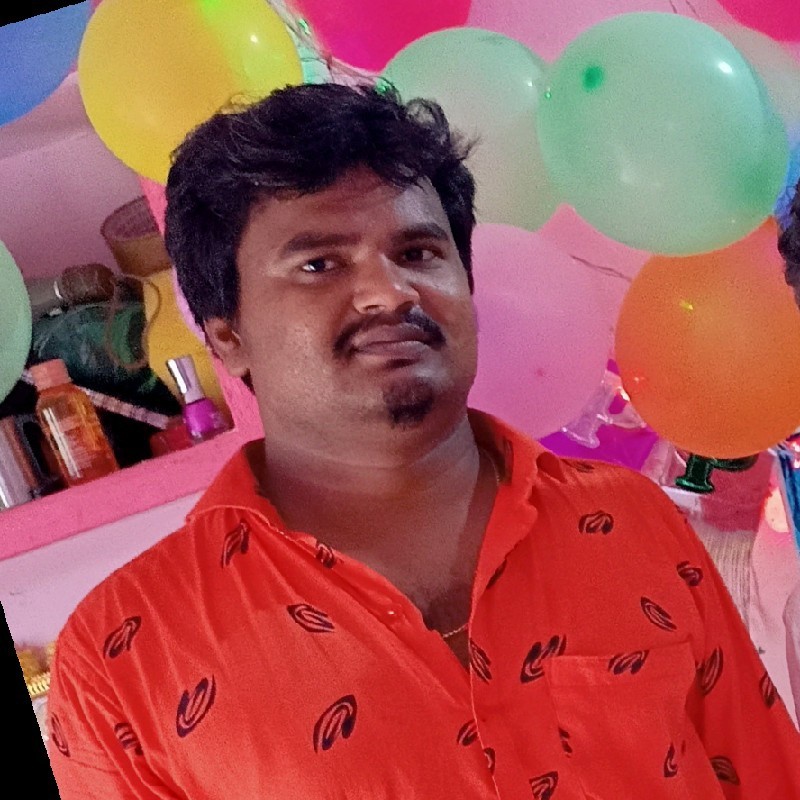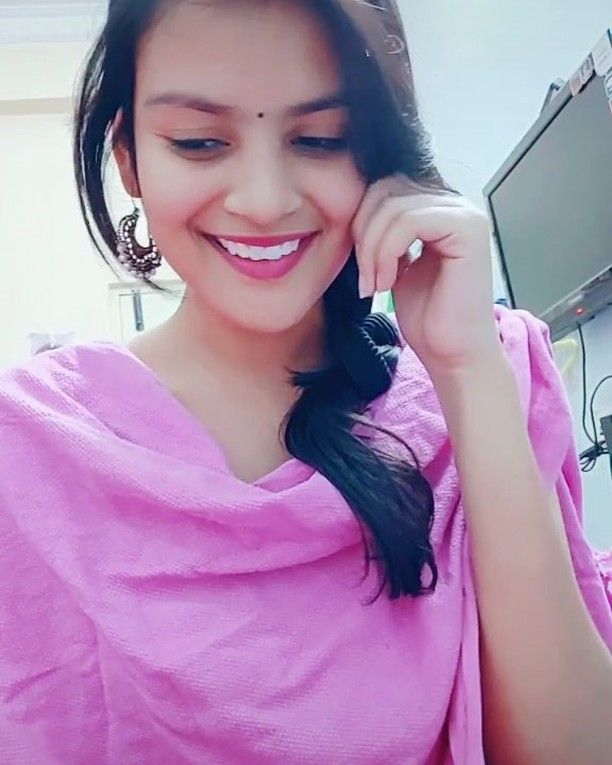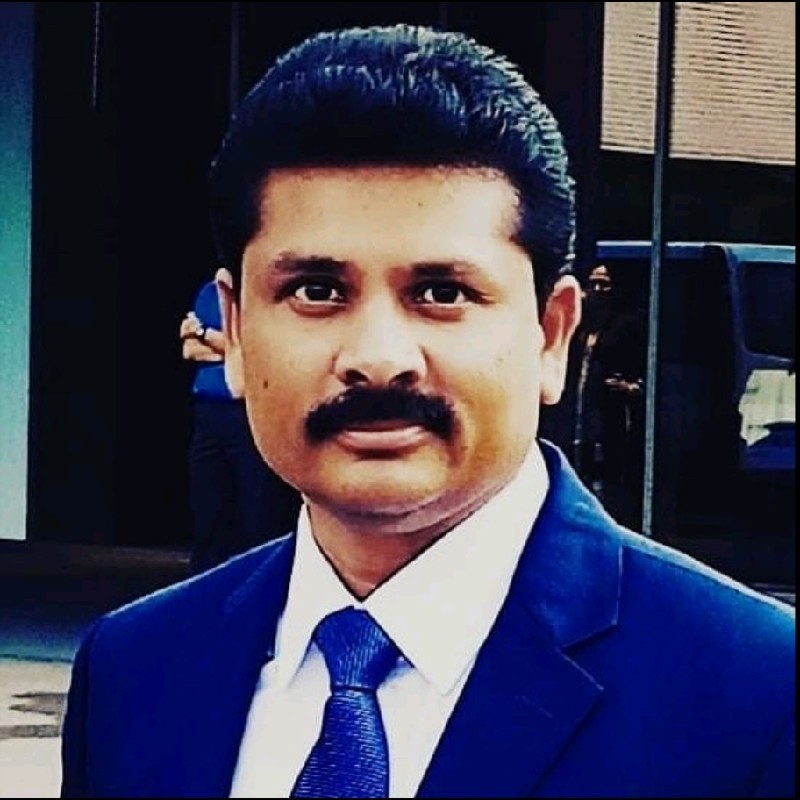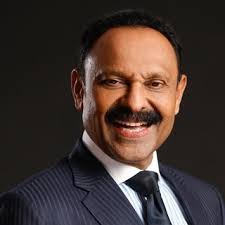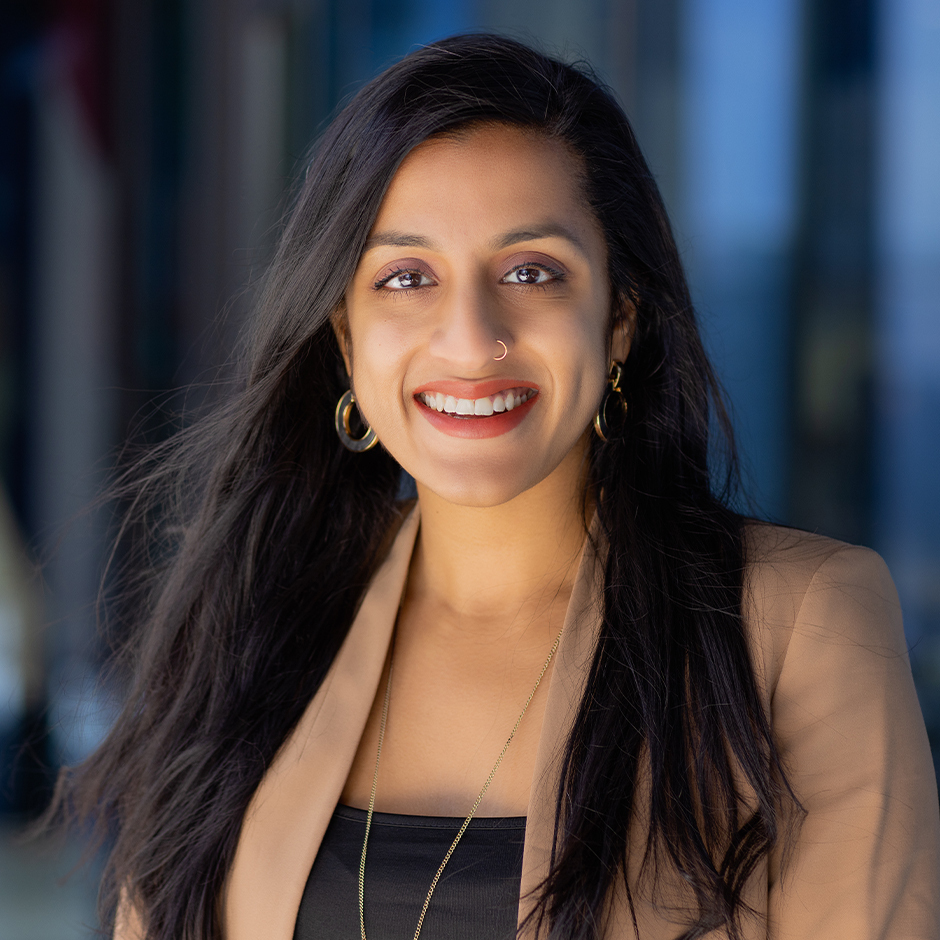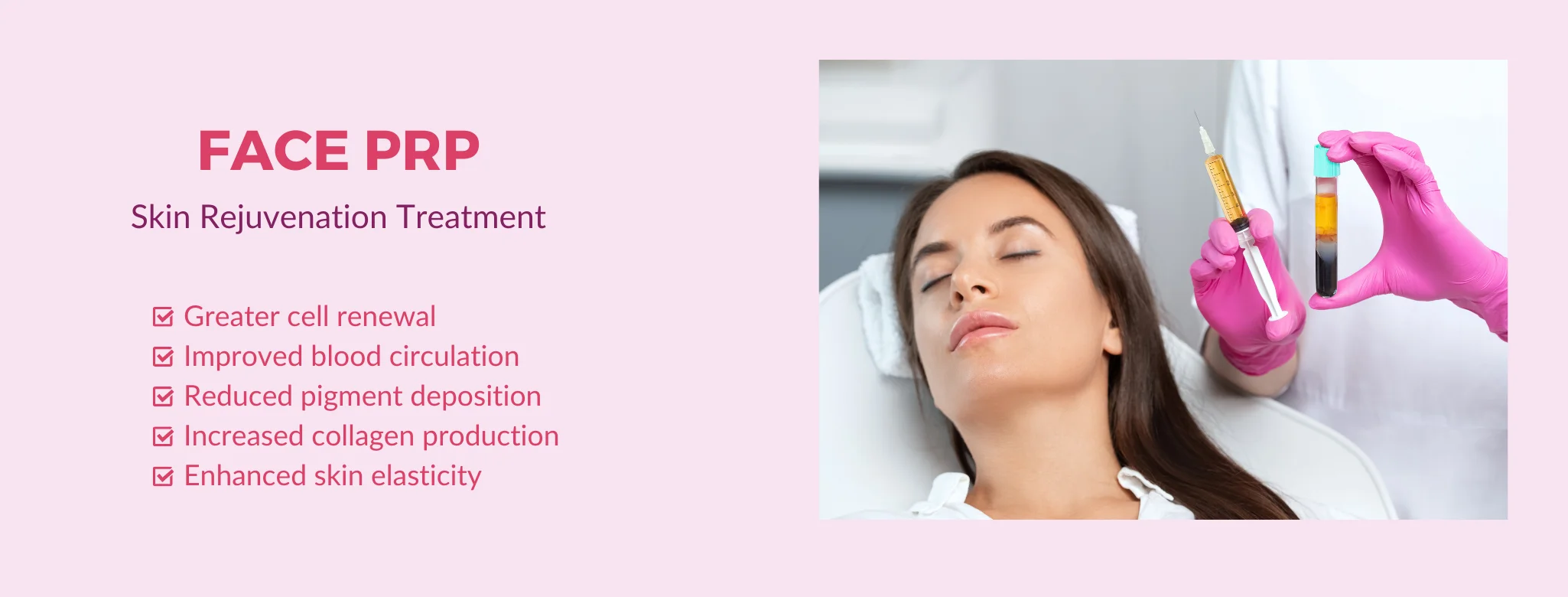
Platelet-Rich Plasma
Platelet-Rich Plasma(PRP) facial rejuvenation is a cosmetic procedure that aims to enhance the appearance of the face using the natural healing properties found in the patient's blood.
Blood Collection: A small amount of the patient's blood is drawn, usually from the arm, similar to what is done in a routine blood test.
.jpg)
.jpg)
PRF Preparation:
The isolated PRF is prepared for application. PRF contains a concentrated amount of platelets, white blood cells, and plasma, all of which are rich in growth factors.
Application:
The prepared PRF may be applied in various ways, such as topically or through injections, to specific areas of the face. The growth factors in PRF are believed to stimulate collagen production, promote tissue regeneration, and improve skin texture and elasticity.
Benefits:
PRF facial rejuvenation is often promoted for its potential to reduce fine lines, wrinkles, and other signs of aging. It may also contribute to a more youthful and radiant complexion.
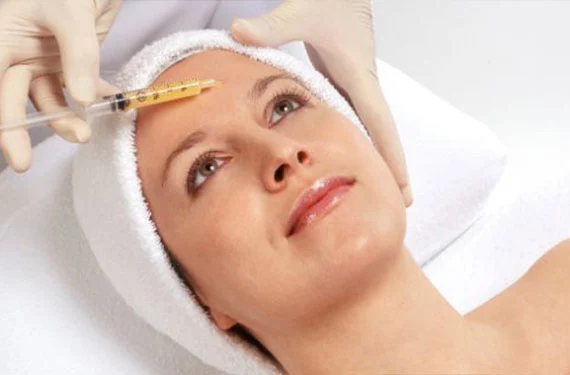
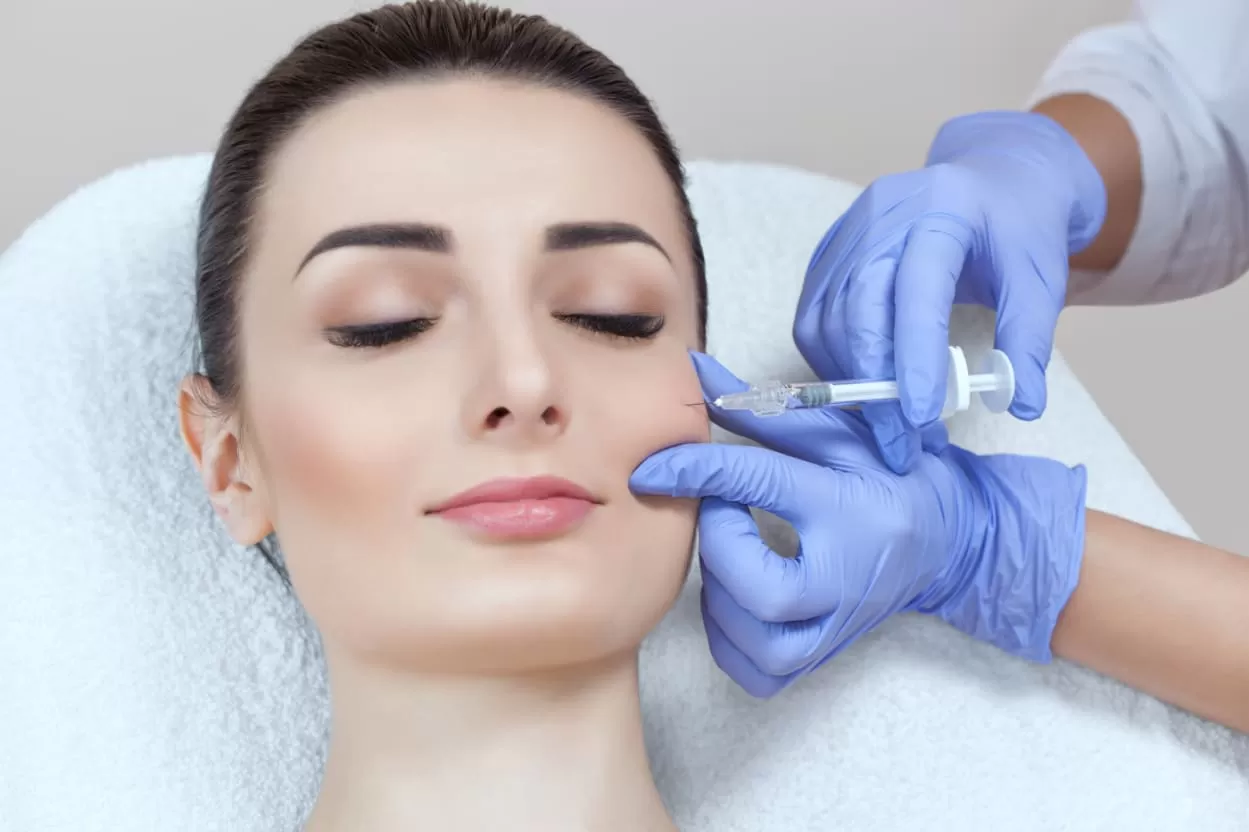
Frequently Asked Questions
Q.1. What is PRP facial rejuvenation?
PRP facial rejuvenation involves drawing a small amount of the patient's blood, processing it to concentrate the platelets, and then injecting the PRP into the face. Platelets contain growth factors that stimulate collagen production and promote tissue regeneration.
Q.2. How does PRP promote facial rejuvenation?
The growth factors in PRP stimulate the production of collagen and elastin, which are essential for maintaining skin elasticity and firmness. This can result in improved skin texture, reduced fine lines and wrinkles, and an overall rejuvenated appearance.
Q.3. Is PRP facial rejuvenation safe?
PRP is generally considered safe since it uses the patient's own blood, reducing the risk of allergic reactions or infections. However, it's essential to choose a qualified and experienced practitioner to minimize potential risks.
Q.4. How long does the PRP facial rejuvenation procedure take?
The entire procedure typically takes around 60-90 minutes, including the blood draw, processing, and injection of the PRP into the targeted areas of the face.
Q.5. Is there any downtime after PRP facial rejuvenation?
While there may be some redness, swelling, or bruising immediately after the procedure, downtime is minimal. Many individuals resume their regular activities the same day or the day after the treatment.
Q.6. How many sessions are needed for optimal results?
The number of sessions varies based on individual needs and goals. Some people may see improvement after one session, while others may require multiple sessions spaced a few weeks apart.
Before & After Picture Gallery

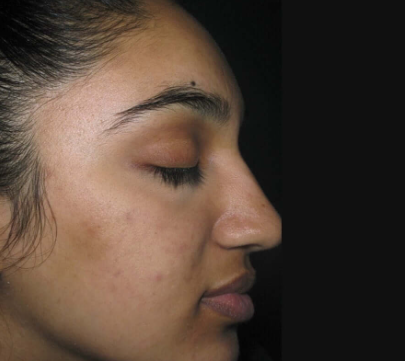

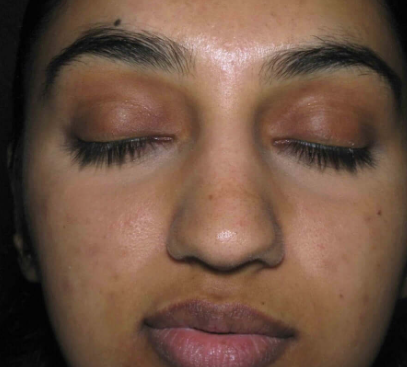


.jpg)
